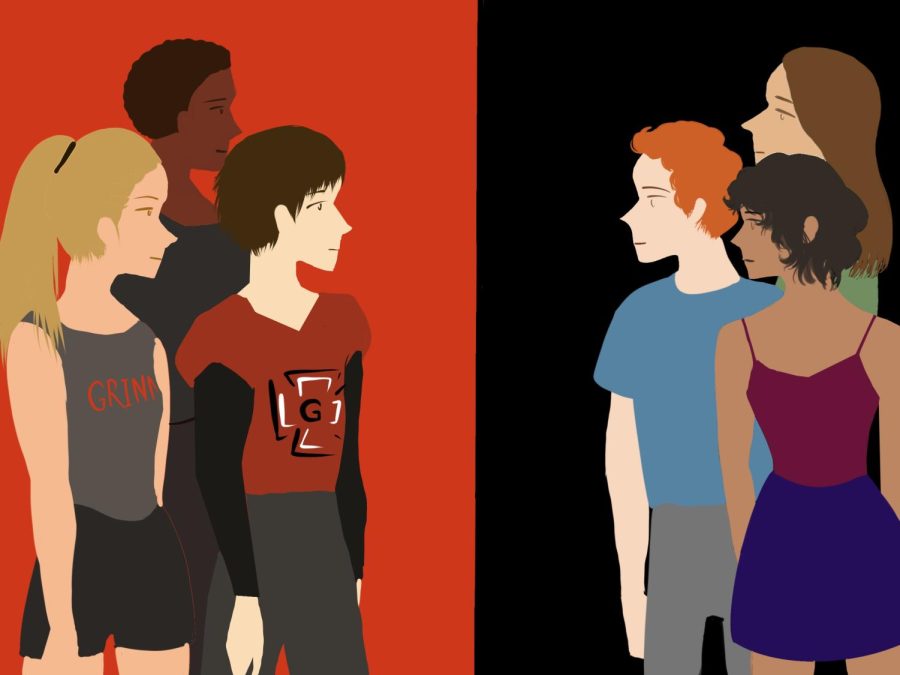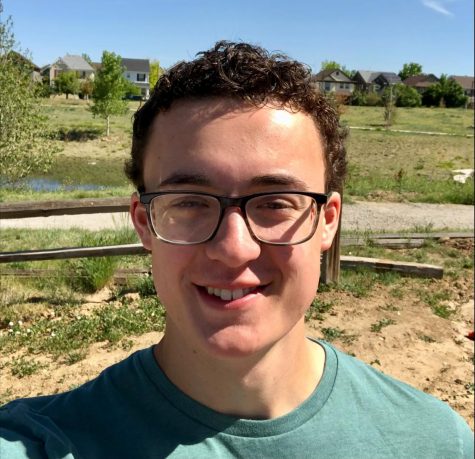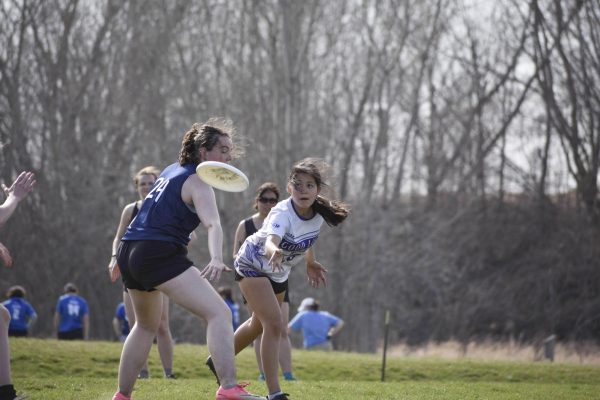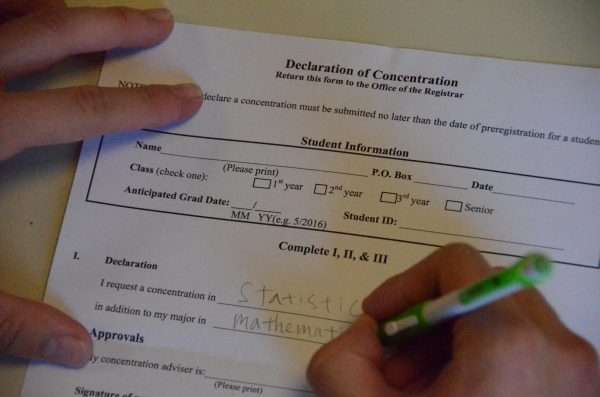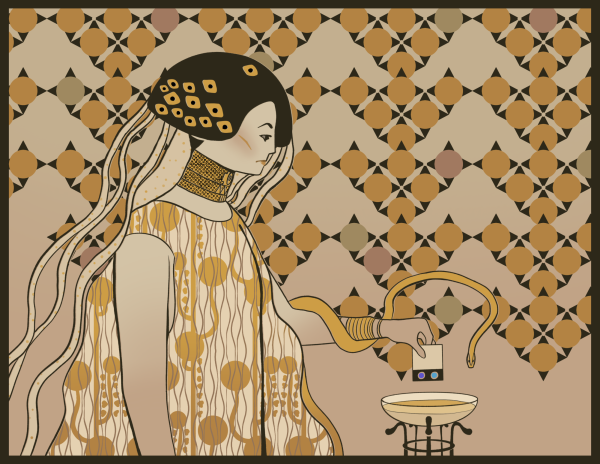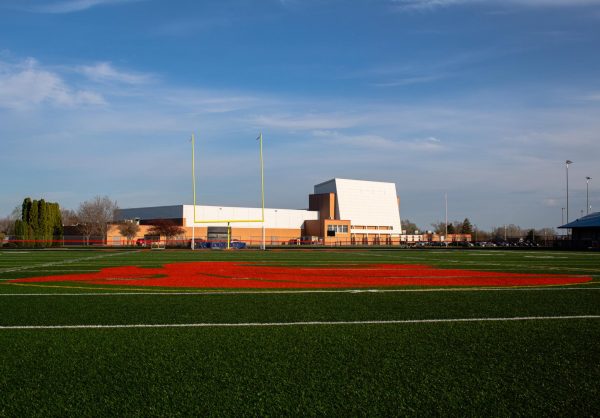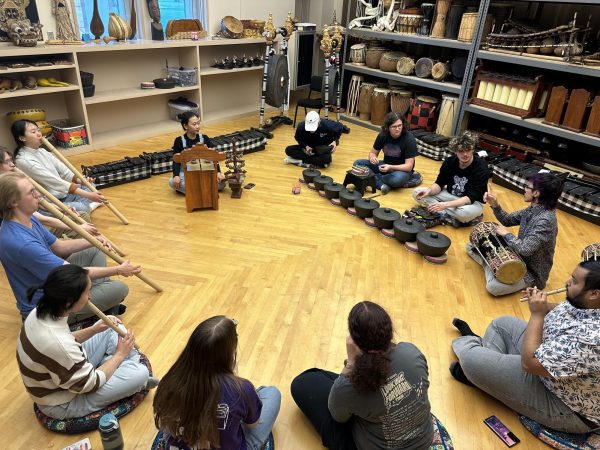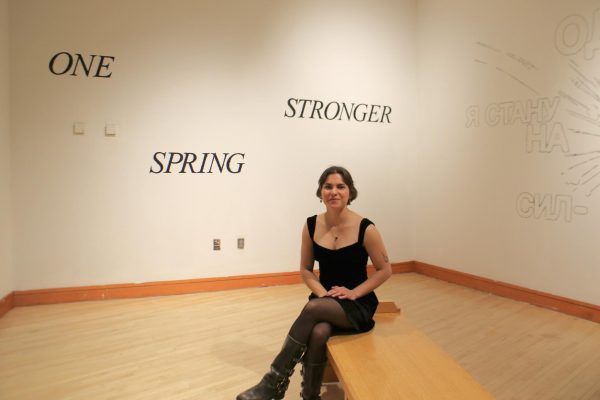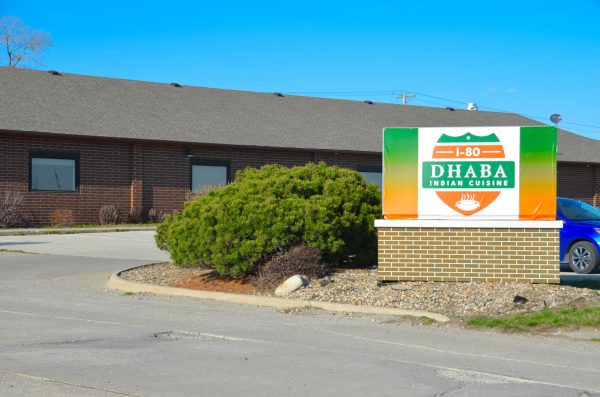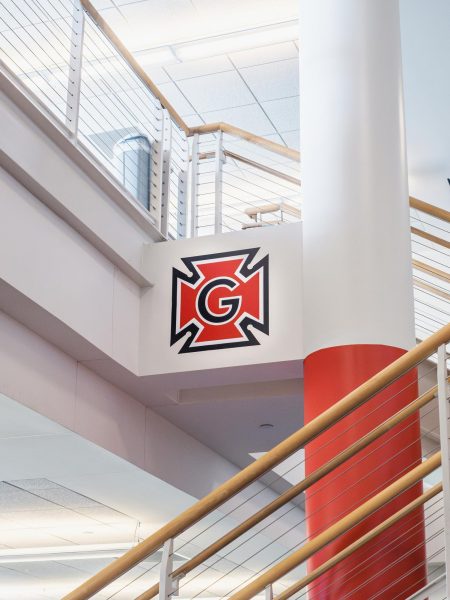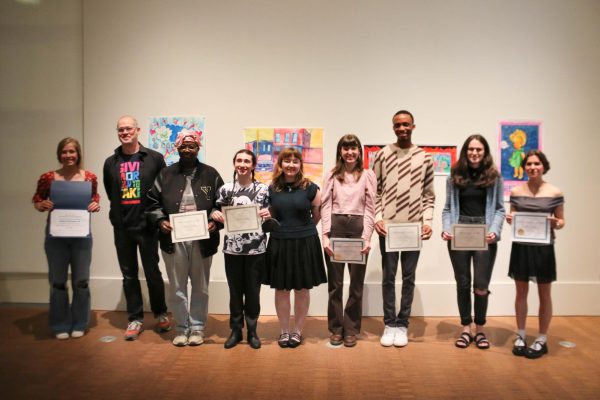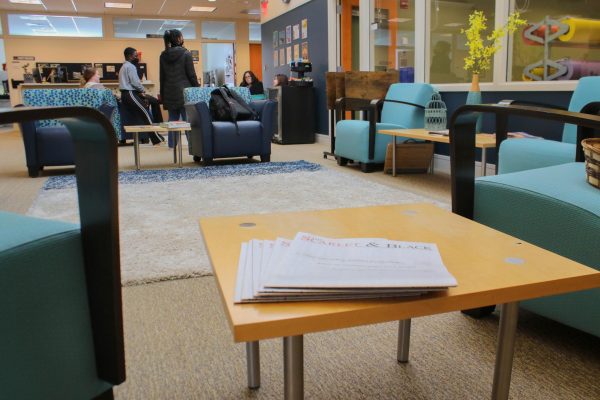An investigation into a social divide on campus: President Harris on campus culture and “crossing 10th”
December 5, 2022
This semester, I’ve been investigating the divide between athletes and non-athletes at Grinnell College. To wrap up my project, I talked with President Anne Harris to get a sense of the administration’s perspective. Our conversation ebbed and flowed from the tactical to the philosophical, addressing specific programs as well as the very concept of athletics at an academic institution.
Harris, who attended a liberal arts college for undergrad before teaching at DePauw University, called Grinnell’s social divide unique among the institutions she had been part of. “There’s something very particular happening at Grinnell,” she said.
She first learned of the divide in the fall of 2019, when the Grinnell football team received national attention for forfeiting their season. Along with low participation, the team cited the school’s disinterest as a pivotal reason for prematurely ending the season. Harris conversed with football players during the process and learned that many student athletes felt unsupported and excluded by both the administration and the student body.
Harris linked the 2019 experience to the concept, “crossing 10th,” a phrase I’d never heard before this discussion. In this case, 10th refers both to the physical gap between the Charles Benson `39 Recreation and Athletic Center (Bear) and campus (10th Avenue) and the symbolic gap between athletics and academics. Crossing 10th, then, involves combining sports with academics. The task can challenge non-athletes, who are rarely obligated to cross 10th literally or figuratively. Harris told me that the administration held a two-day retreat in May dedicated to this topic.
“How do we valorize athletics at Grinnell?” Harris asked rhetorically. Evidently, the administration views this question as part of a broader effort to improve the social health of students. Harris stressed the importance of a united school that can overcome superficial divisions, especially those guided by assumptions or “social misgivings.”
“We don’t enter this space as stereotypes. We stereotype each other,” Harris said. Whether it’s non-athletes perpetuating stereotypes about athletes or athletes refraining from connecting with non-athletes, the Grinnell community suffers.
When I asked for the administration’s solutions to the problem, Harris listed a few strategies. The mandatory First-Year Experience course, she said, represents an opportunity to “have conversations and change one’s mind.” The Bear, with diverse offerings for all students, can guide non-athletes toward crossing 10th. And, more than any other plan, Harris emphasized the role of spectatorship. “Spectatorship is a relatively unexplored identity at Grinnell,” she said.
We don’t enter this space as stereotypes. We stereotype each other. — President Anne Harris
As she explained, the process of attending sports competitions at Grinnell and cheering for peers can help non-athletes feel closer to athletes. At the same time, athletes may feel closer to the people supporting them during games or tournaments. As such, she “profoundly” invites all Grinnell students to turn out and motivate their fellow peers.
Similarly, Harris accentuated the need for change to come from students. “I can send emails. I can make speeches,” she said. Nevertheless, “people have to change their own hearts.”
Our conversation also touched on conceptual topics. Harris, a trained scholar of medieval art, illuminated the historical Western divide between mind and body. As part of the larger movement to rethink Western orthodoxy, she said, the school has to reinforce the intrinsic bond between intellectual and physical pursuits. By strengthening that link, students can reclaim their status as amateurs — defined not in the typical sense, as opposed to professional, but in the French etymological sense, as “someone who does something because they love it,” Harris said. Sports should be fun, and as much as Grinnell values athletic competition, the seriousness of athletics should never trump the school’s social health.
Thus, the social divide seems problematic. It threatens the school’s social health, feeds into stereotypes and jeopardizes our ability to “see each other in living color,” as Harris phrased it. From this interview, I gained crucial insight into the implications of the social divide and potential paths moving forward.
As I arrive at the end of my project, I have tried to reflect on the knowledge I have gained. I struggled to summarize my research from this semester because it has veered in so many directions.
To the best of my ability, though, I have condensed it into five takeaways: First, athletics does not draw from a meaningfully different population than the rest of the school. Second, most students form friend groups early in their time at Grinnell — for athletes, it is particularly easy to make these initial connections with teammates, and for the rest of their time at Grinnell, it remains easier to hang out with teammates than non-athletes. Third, some athletes feel a sense of exclusion, but non-athletes are more aware of the divide. Fourth, school culture has cemented this division by embracing stereotypes and discouraging social expansion. Finally, change can only come from the active decision to combat external pressures, reverse calcified social positions, foster a variety of interpersonal connections and thus bridge the social divide.
On the last point, I have spent this semester upending my own assumptions. I hope this project can inspire others to change their hearts as well. Maybe, if Grinnell acknowledges and addresses the problem, we can grow beyond it.




























































